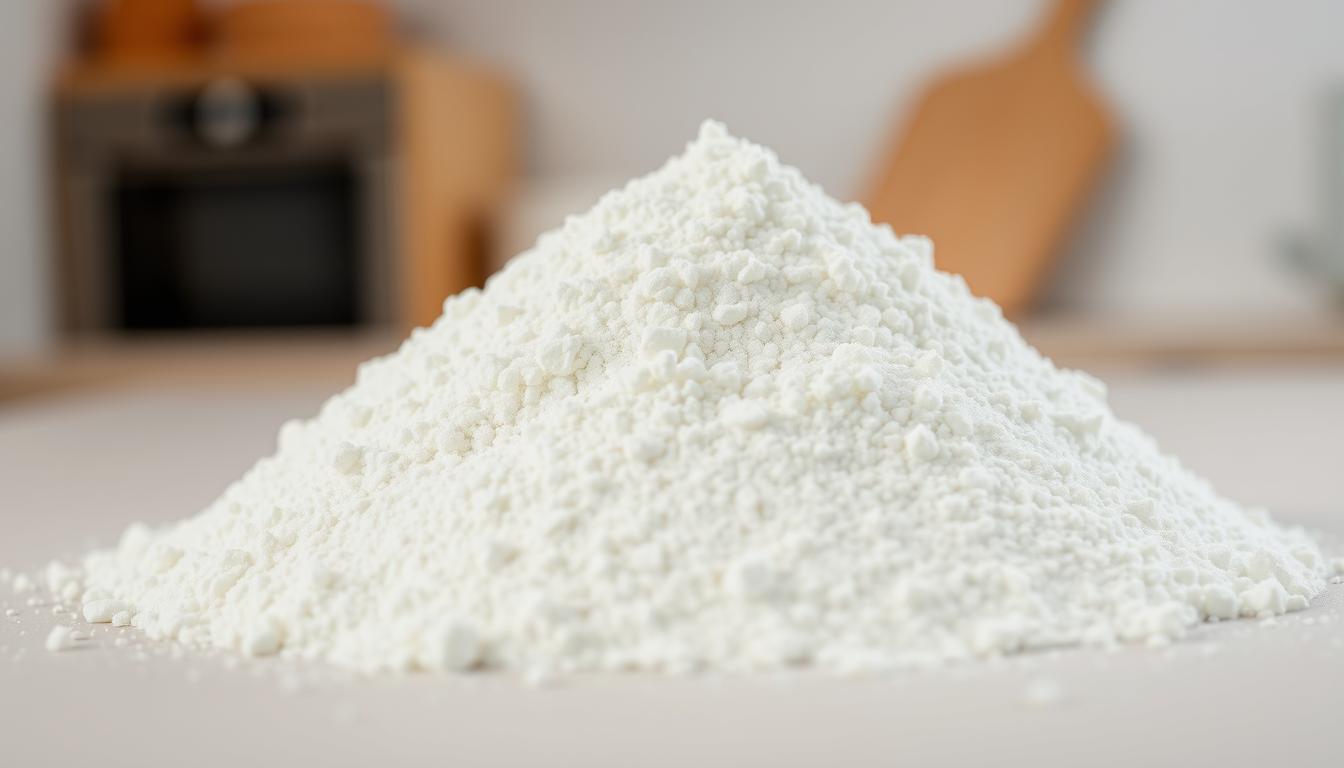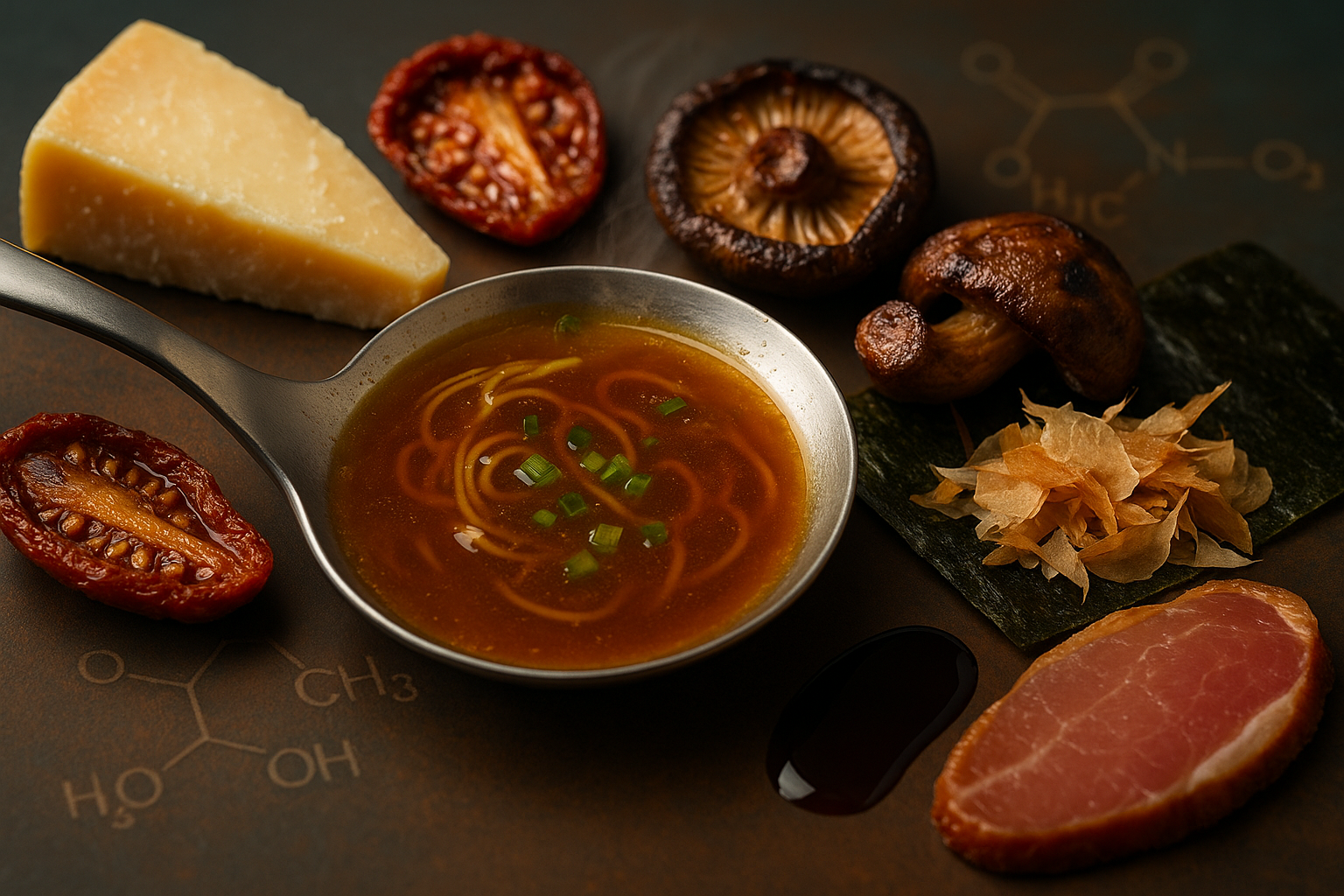
Citric Acid: A Comprehensive Guide to Its Uses and Benefits
SUBSCRIBE TO OUR BLOG
Promotions, new products, and recipes.
What You Will Learn
-
The natural origins and industrial production process of citric acid
-
How citric acid is used in food, beverages, skincare, and cleaning products
-
The chemical properties and biological role of citric acid in the Krebs cycle
-
Health benefits, safety considerations, and its importance across industries
Citric acid is a widely used organic compound that naturally occurs in citrus fruits like lemons, limes, and oranges. Known for its distinct sour taste, it plays a vital role in numerous industries, including food and beverage, healthcare, and cleaning products. Its versatility, coupled with its status as a natural preservative, makes it an indispensable ingredient in modern life. Citric acid naturally occurs in citrus fruits like lemons and limes, and today it’s often produced industrially via natural occurrence and industrial production of citric acid.
From enhancing the flavor of soft drinks to serving as a cleaning agent in household cleaners, citric acid has countless applications. Whether derived from natural sources or produced industrially, this weak acid has carved a significant place in food safety, skincare, and even pharmaceutical formulations. Let’s explore its diverse uses and benefits in detail.
What is Citric Acid and How is it Made?
Natural Sources and Discovery
Citric acid is a naturally occurring compound found predominantly in citrus fruits such as lemons, limes, and oranges. These fruits are some of the richest natural sources of this organic compound, which is responsible for their characteristic tangy flavor. While its presence in fruits has been known for centuries, it wasn't until 1784 that citric acid was first isolated by the Swedish chemist Carl Wilhelm Scheele. Using lemon juice, Scheele successfully extracted this compound, marking a significant milestone in the understanding of organic chemistry.
Building on Scheele's discovery, James Currie later developed advancements in production methods, making it easier to extract and use citric acid on a larger scale. These developments laid the groundwork for its commercial production, which now caters to industries ranging from food production to pharmaceutical applications.
Industrial Citric Acid Production
In modern times, the production of citric acid has moved beyond its natural sources and into industrial manufacturing. A common method involves the use of the mold aspergillus niger, a microorganism capable of producing high yields of citric acid when fed with sugar solutions. This process ensures a consistent supply of citric acid for various industries worldwide.
The production process typically includes the addition of sulfuric acid and carbon dioxide to aid in the extraction and purification stages. This approach not only increases the efficiency of citric acid production but also reduces reliance on natural citrus fruits. As a result, citric acid has become a cornerstone of large-scale food production, ensuring its availability for numerous applications in food safety, cleaning products, and personal care items.
How Citric Acid is Used in Everyday Life
Applications in Food and Beverage Industries
Citric acid is widely used in the food and beverage industries due to its ability to enhance flavor and preserve freshness. It is a key ingredient in soft drinks, fruit juice, and ice cream, where its sour taste adds a refreshing tanginess. Additionally, citric acid acts as a natural preservative, extending the shelf life of food products by inhibiting the growth of bacteria and mold.
In food processing, citric acid also plays a crucial role in maintaining food safety. By lowering the pH level of food products, it creates an environment that is less hospitable to harmful microorganisms. This quality makes it indispensable in the production of a wide range of items, from canned goods to processed meats and even confectioneries.
Personal Care and Household Uses
Beyond its culinary applications, citric acid is a popular ingredient in personal care products and household cleaners. In the skincare industry, it is valued for its alpha-hydroxy acid properties, which help exfoliate the skin and improve its texture. Many skincare products, such as serums and creams, include citric acid as one of their active ingredients to promote a brighter, more youthful complexion.
In the home, citric acid is often found in cleaning products due to its ability to dissolve soap scum and remove hard water stains. Its chelating agent properties enable it to bind with metal ions, making it effective for tackling mineral deposits left by hard water. Citric acid is also a common component in household cleaners and even hairsprays, further showcasing its versatility in daily life.
The Chemistry and Properties of Citric Acid
Chemical Composition and Reactions
At its core, citric acid is an organic compound with the molecular formula C6H8O7. It is classified as a weak acid, meaning it only partially dissociates in water, giving it a mild yet noticeable sour taste. This characteristic, combined with its low pH level, makes it a valuable ingredient in both food and industrial applications.
Chemically speaking, citric acid has a molar mass of 192.12 g/mol and a molecular weight that reflects its complex structure, which includes three hydroxyl groups. Its melting point is approximately 153°C (307°F), and it is highly soluble in water, making it easy to incorporate into various solutions. These properties make citric acid a critical component in numerous chemical reactions, particularly those involved in the citric acid cycle, also known as the Krebs cycle. Citric acid is used in everything from soft drinks to household cleaners—learn more about its applications of citric acid in food, cleaning, and chelation.
In biological systems, the citric acid cycle is a fundamental metabolic pathway that plays a role in energy production. It involves the conversion of acetyl-CoA into adenosine triphosphate (ATP), the energy currency of cells. This connection highlights the importance of citric acid not just in chemistry but also in the biochemistry of living organisms.
Health and Safety Aspects of Citric Acid
Health Benefits and Nutritional Uses
Citric acid is often associated with various health benefits, particularly due to its close relationship with vitamin C, also known as ascorbic acid. While not a direct source of vitamin C, it is frequently found in citrus fruits that are rich in this essential nutrient, which supports the immune system and overall health. In addition to its natural presence, citric acid is also used in dietary supplements such as calcium citrate and potassium citrate, which aid in bone health and electrolyte balance.
Another significant benefit of citric acid lies in its role in weight management and food preservation. By enhancing the flavor of foods without adding calories, citric acid can help create healthier, low-calorie options. Additionally, its ability to act as a natural preservative ensures that food products remain fresh and safe for consumption over an extended shelf life.
Safety Concerns and Considerations
While citric acid is generally recognized as safe by the Food and Drug Administration, there are some considerations to keep in mind. For instance, its acidic nature can have an impact on tooth enamel if consumed in excessive amounts, potentially leading to dental erosion over time. It is therefore advisable to consume acidic foods and drinks in moderation and follow good oral hygiene practices.
Furthermore, individuals with certain medical conditions, such as kidney stones, may need to exercise caution when consuming citric acid. It is always best to consult a healthcare professional for personalized advice. From a handling perspective, industrial-grade citric acid requires adherence to safety data sheet guidelines to ensure safe usage in manufacturing and other applications.
The Role of Citric Acid in Modern Industries
Citric acid plays a pivotal role in various industries, thanks to its unique chemical properties and versatility. In the food and beverage industry, it has become indispensable for food chemists working on flavor enhancement, food preservation, and safety. This compound is a cornerstone of food processing, ensuring the production of high-quality food products that meet safety and shelf life standards. Its ability to act as a chelating agent and a natural preservative makes it invaluable for maintaining the freshness of a wide range of consumables.
In the pharmaceutical industry, citric acid serves as a crucial ingredient in the formulation of various drugs and supplements. It is commonly paired with ascorbic acid and lactic acid to enhance absorption and efficacy in medications. Additionally, it is used to create effervescent tablets and as a pH stabilizer in liquid medicines, further highlighting its importance in drug administration.
Beyond food and pharmaceuticals, citric acid is heavily utilized in cleaning products and personal care items. Its effectiveness in breaking down soap scum, hard water stains, and calcium carbonate deposits makes it a key ingredient in household cleaners. Similarly, in personal care products, citric acid is often used in shampoos, conditioners, and hairsprays to maintain product stability and enhance overall performance. Industrial applications also extend to the use of citric acid with compounds like magnesium oxide and calcium carbonate for specialized chemical processes.
Citric Acid’s Importance in Science and Daily Life
In science, citric acid holds immense importance, particularly in biochemistry where it is central to the energy production process in living organisms. The citric acid cycle, also known as the Krebs cycle, is a metabolic pathway that converts acetyl-CoA into energy in the form of adenosine triphosphate (ATP). This process is fundamental for the survival of nearly all aerobic organisms, underscoring citric acid’s critical role in sustaining life.
In daily life, citric acid’s versatility is evident in its widespread use across various applications. From food preservation to cleaning products and skincare, its natural and manufactured forms cater to numerous needs. Whether enhancing the flavor of a beverage or extending the shelf life of food products, citric acid remains a cornerstone of convenience and innovation in modern living.
FAQs
1. What is citric acid used for in food?
Citric acid enhances flavor, acts as a preservative, and stabilizes pH in drinks, candies, canned goods, and dairy.
2. How is citric acid made industrially?
Most citric acid today is produced by fermenting sugar solutions with the mold Aspergillus niger.
3. Is citric acid safe to consume?
Yes. Citric acid is generally recognized as safe (GRAS) by the FDA, though overconsumption may affect tooth enamel.
4. Does citric acid have skincare benefits?
Yes. It’s an alpha-hydroxy acid (AHA) that helps exfoliate, brighten skin, and improve texture in serums and creams.
5. What’s the difference between citric acid and vitamin C?
They’re different compounds. Vitamin C is ascorbic acid, while citric acid is another organic acid found in citrus fruits.
6. Can citric acid help with kidney stones?
Yes, in the form of potassium citrate or calcium citrate, it can help reduce stone formation. Always consult a doctor first.

|
About the Author Ed is the founder of Cape Crystal Brands, editor of the Beginner’s Guide to Hydrocolloids, and a passionate advocate for making food science accessible to all. Discover premium ingredients, expert resources, and free formulation tools at capecrystalbrands.com/tools. — Ed |
Enjoyed this post? Subscribe to The Crystal Scoop
Food-science tips, ingredient know-how, and recipes. No spam—unsubscribe anytime.
- Choosing a selection results in a full page refresh.



